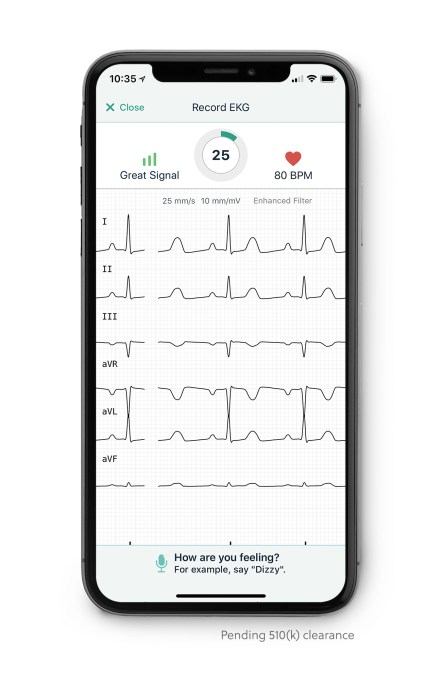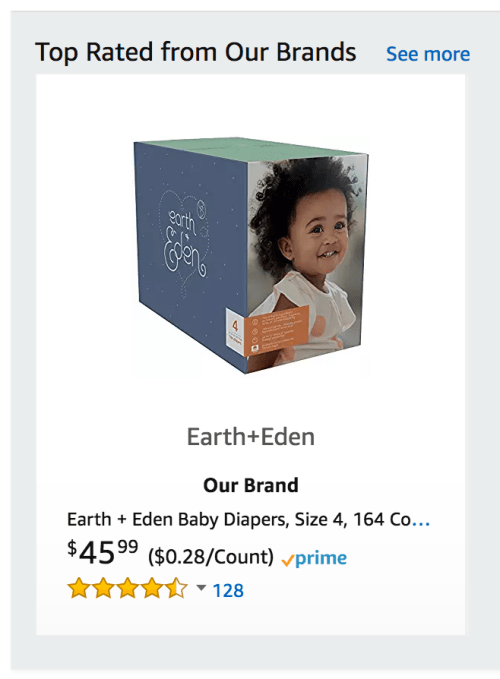A wide-ranging new poll yields some useful insight into how worried the average American feels about election threats as the country barrels toward midterms.
The survey, conducted by NPR and researchers with Marist College, polled 949 adult U.S. residents in early September across regions of the country, contacting participants through both landlines and mobile devices. The results are a significant glimpse into current attitudes around the likelihood of foreign election interference, election security measures and how well social media companies have rebounded in the public eye.
Attitudes toward Facebook and Twitter
As the most recent dust settles around revelations that Russia ran influence campaigns targeting Americans on social media platforms, just how much do U.S. voters trust that Facebook and Twitter have cleaned up their acts? Well, they’re not convinced yet.
In response to a question asking about how much those companies had done since 2016 “to make sure there is no interference from a foreign country” in the U.S. midterm elections, 24 percent of respondents believed that Facebook had done either “a great deal” or “a good amount,” while 62 percent believed the company had done “not very much” or “nothing at all.”
When asked the same question about Twitter, only 19 percent thought that the company had made significant efforts, while 57 percent didn’t think the company had done much. Unlike nearly every other question in the broad-ranging survey, answers to this set of questions didn’t show a divide between Republicans and Democrats, making it clear that in 2018, disdain for social media companies is a rare bipartisan position.
When it comes to believing what they read on Facebook, only 12 percent of voters had “a great deal” or “quite a lot” of confidence that content on the platform is true, while 79 percent expressed “not very much confidence” or none at all. Still, those numbers have perked up slightly from polling in 2018 that saw only 4 percent of those polled stating that they were confident in the veracity of content they encountered on Facebook.
Midterm perspectives
In response to the question “Do you think the U.S. is very prepared, prepared, not very prepared or not prepared at all to keep this fall’s midterm elections safe and secure?,” 53 percent of respondents felt that the U.S. is prepared while 39 percent believed that it is “not very prepared” or not prepared at all. Predictably, this question broke down along party lines, with 36 percent of Democrats and 74 percent of Republicans falling into the “prepared” camp (51 percent of independents felt the U.S. is prepared).
An impressive 69 percent of voters believed that it was either very likely or likely that Russia would continue to “use social media to spread false information about candidates running for office” during the midterm elections, suggested that voters are moving into election season with a very skeptical eye turned toward the platforms they once trusted.
When it came to hacking proper, 41 percent of respondents believed that it was very likely or likely that “a foreign country will hack into voter lists to cause confusion” over who can vote during midterm elections, while 55 percent of respondents said that hacked voter lists would be not very likely or not at all likely. A smaller but still quite significant 30 percent of those polled believed that it was likely or very likely that a foreign country would “tamper with the votes cast to change the results” of midterm elections.
Election security pop-quiz
Political divides were surprisingly absent from some other questions around specific election security practices. Democrats, Republicans and independent voters all indicated that they had greater confidence in state and local officials to “protect the actual results” of the elections and trusted federal officials less, even as the Department of Homeland Security takes a more active role in providing resources to protect state and local elections.
A few of the questions had a right answer, and happily most respondents did get a big one right. Overall, 55 percent of voters polled said that electronic voting systems made U.S. elections less safe from “interference or fraud” — a position largely backed by election security experts who advocate for low-tech options and paper trails over vulnerable digital systems. Only 31 percent of Democrats wrongly believed that electronic systems were safer, though 49 percent of Republicans trusted electronic systems more.
When the question was framed a different (and clearer) way, the results were overwhelmingly in favor of paper ballots — a solution that experts widely agree would significantly secure elections. Indeed, 68 percent of voters thought that paper ballots would make elections “more safe” — an attitude that both Republican and Democratic Americans could get behind. Unfortunately, legislation urging states nationwide to adopt paper ballots has continued to face political obstacles in contrast to the wide support observed in the present poll.
On one last election security competence question, respondents again weighed in with the right answer. A whopping 89 percent of those polled correctly believed that online voting would be a death knell for U.S. election security — only 8 percent said, incorrectly, that connecting elections to the internet would make them more safe.
For a much more granular look at these attitudes and many others, you can peruse the poll’s full results here. For one, there’s more interesting stuff in there. For another, confidence — or the lack thereof — in U.S. voting systems could have a massive impact on voter turnout in one of the most consequential non-presidential elections the nation has ever faced.


 However, one important detection would be
However, one important detection would be 

